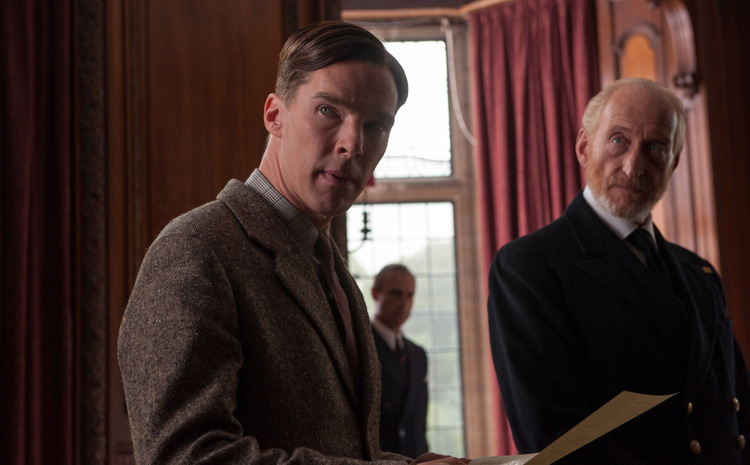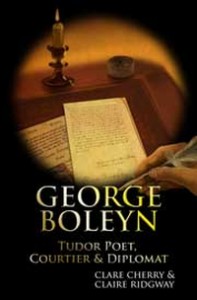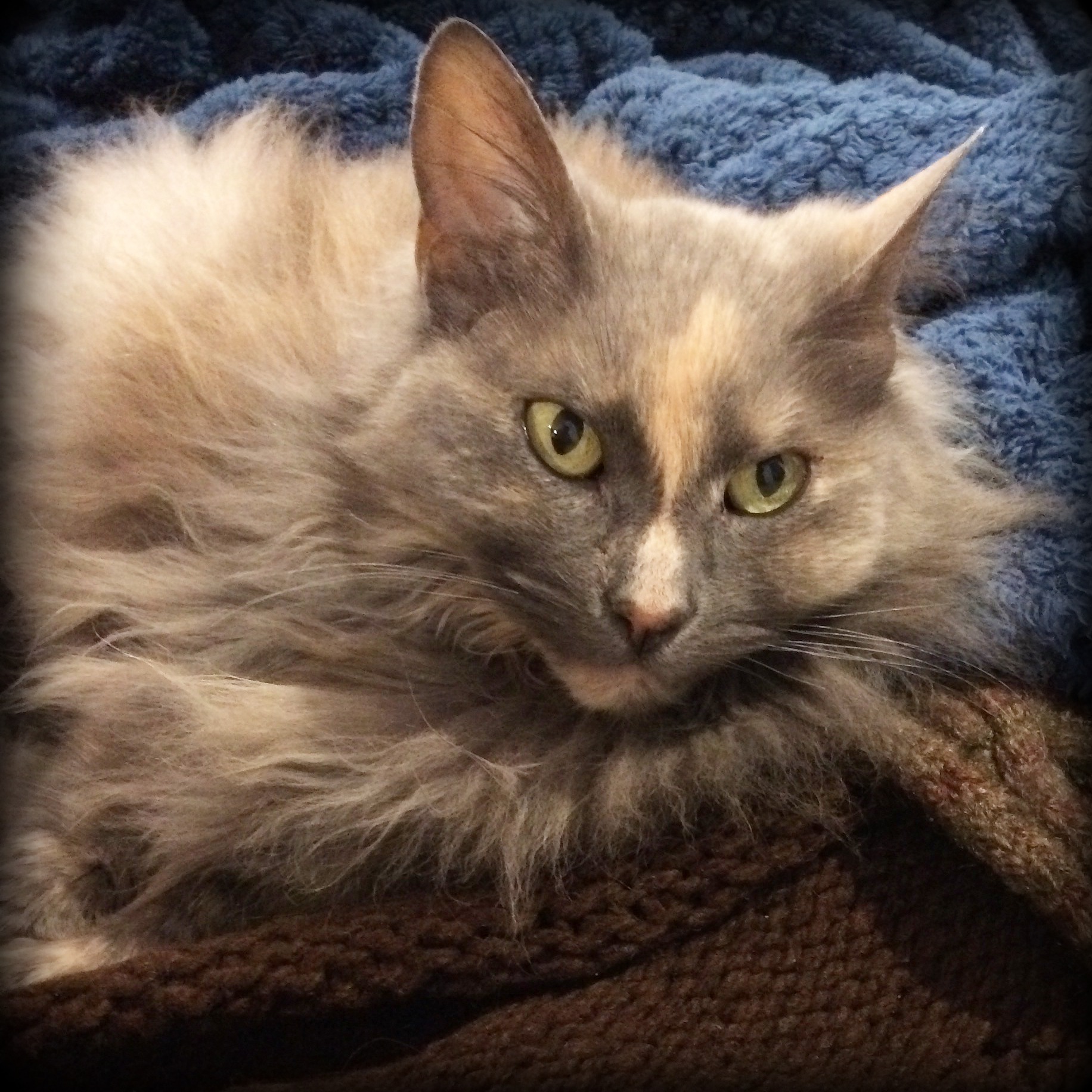We all know that people are neither all good or all bad. In life there is rarely black or white, but rather most of us are a shade of indeterminate grey somewhere in between. There have been truly good people in our history; Mother Theresa springs to mind, and there have been some truly evil people such as Josef Mengele. But the vast majority of us have good and bad characteristics, would never dream of committing an atrocity, but likewise would not consider sacrificing our lives for the good of others. People are flawed, and we all have elements to our characters and personalities which we are not particularly proud of.
Sometimes it is easy to differentiate between a goody and a baddie. People responsible for genocide are baddies. People responsible for terrorist attacks which kill innocent people are baddies. Men who rape and torture innocent children are baddies. Not much room for dissension there from anyone who has a moral compass. But there are so many grey areas in which the term ‘goodies and baddies’ is far too simplistic.
Native American Indians scalped their enemies. In all of the Westerns I saw as a child they were the baddies. Times have changed since then. Sometimes they are the beleaguered victimised natives and it’s the cowboys who are the baddies. Neither depiction is completely correct, and merely boils down to oversimplification.
The world we live in and the people in it are complicated, and so there is an overwhelming desire to pigeonhole. But in the real world that’s difficult to do. We make judgements about people, their motives and their characters everyday. We have to in order to negotiate the world we live in. It’s difficult and confusing because people are difficult and confusing. Very few people in real life can easily be pigeon-holed into either a goody or a baddie.
But the point isn’t really who is good and who is bad, or even if there is a good and a bad. The point is that we need someone to be good and someone to be bad. It helps us to understand the world we live in. It makes us feel more secure, not to mention the fact we find it entertaining.
In most forms of entertainment, whether in the form of novels, films or television, there is a goody and a baddie. We can feel good about ourselves when we watch someone who is obviously nasty, it’s easily understandable, and everyone loves a villain stemming from the first pantomimes we went to as children, ‘HE’S BEHIND YOU’!
We need someone to like/love and someone to dislike/hate. We don’t have to make moral judgements because it’s right there in front of us. It’s easy and it’s entertaining. We like to cheer on the goody, and we like to watch the baddie get his/her comeuppance. That’s great fiction and we all enjoy it. These make believe characters can be portrayed in whatever way will give us the most satisfaction and enjoyment.
Increasingly it seems not to matter that we are all shades of indeterminate grey. And for pure entertainment, using fictional characters, that isn’t a problem. Those characters can be as two-dimensional and unreal as the author chooses to make them, primarily because they are two-dimensional and unreal.
But what about when the characters portrayed weren’t fictional, and, as in real life, what happens when there isn’t a baddie? Increasingly it seems there has to be a baddie even where none actually existed. And if there wasn’t one then one must be manufactured.

This was brought home to me recently due to the film, ‘The Imitation Game’, about the Bletchley Park code breakers during World War II. It stars Benedict Cumberbatch as the brilliant codebreaker Alan Turing. The film is excellent, but sadly the writers/director felt the need to create a baddie in the shape of Alastair Denniston, played with supercilious unpleasantness, not to mention foolishness, by Charles Dance. The real Denniston was a talented cryptanalyst in his own right, and although he was sceptical of the naval enigma code ever being broken, it was his earlier work which assisted Turing with deciphering the code. Why portray a man who was a hero in his own right as a baddie?
The answer I suppose is because his depiction made the hero of the film shine even brighter. It allowed us to cheer on the brilliant Turing and his patriotic team at the expense of Denniston who we could safely dislike in the sure knowledge that he was a baddie. But his portrayal has caused Denniston’s family deep distress.
History is gradually being re-written to feed our love of the baddie, and in the process decent and honourable men and women are having their characters shamefully maligned. We are no longer children watching pantomimes. We know the world is not black and white, and we know that the vast majority of us cannot be pigeonholed into good and bad. Life isn’t that simple. There doesn’t always have to be a baddie, because sometimes there just isn’t one.


Clare Cherry lives in Hampshire with her partner David. She works as a solicitor in Dorset, but has a passion for Tudor history and began researching the life of George Boleyn in 2006. She started corresponding with Claire Ridgway in late 2009, after meeting through The Anne Boleyn Files website, and the two Tudor enthusiasts became firm friends. Clare divides her time between the legal profession and researching Tudor history. Clare has written guest articles on George Boleyn for The Anne Boleyn Files, Nerdalicious.com.au, and author Susan Bordo’s The Creation of Anne Boleyn website.
George Boleyn: Tudor Poet, Courtier & Diplomat by Clare Cherry and Claire Ridgway, 2014
 Buy George Boleyn: Tudor Poet, Courtier & Diplomat
Buy George Boleyn: Tudor Poet, Courtier & Diplomat
George Boleyn has gone down in history as being the brother of the ill-fated Queen Anne Boleyn, second wife of Henry VIII, and for being executed for treason, after being found guilty of incest and of conspiring to kill the King.
This biography allows George to step out of the shadows and brings him to life as a court poet, royal favourite, keen sportsman, talented diplomat and loyal brother. Clare Cherry and Claire Ridgway chart his life from his spectacular rise in the 1520s to his dramatic fall and tragic end in 1536.



